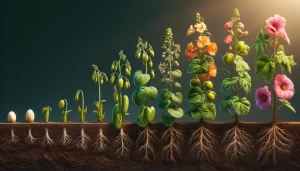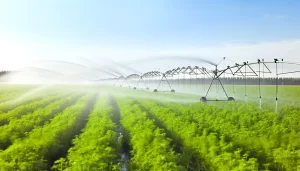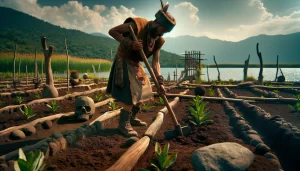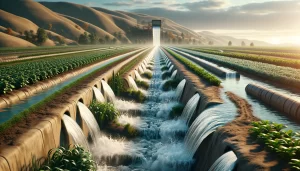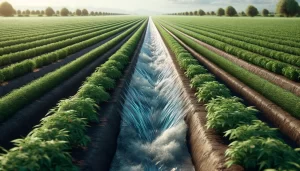Aphids in Agriculture: Strategies for Effective Management
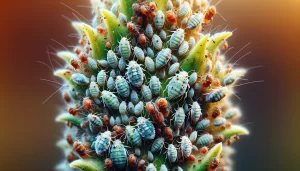
Aphids, small insects belonging to the Aphididae family, can cause serious problems in a wide variety of crops. In this article, we will delve into the world of aphids, understand how they affect our plantations, and explore the best practices for their control. What are Aphids? Aphids are small sap-sucking insects that feed on plant …
 AgronoBlog – Agriculture Blog
AgronoBlog – Agriculture Blog 
